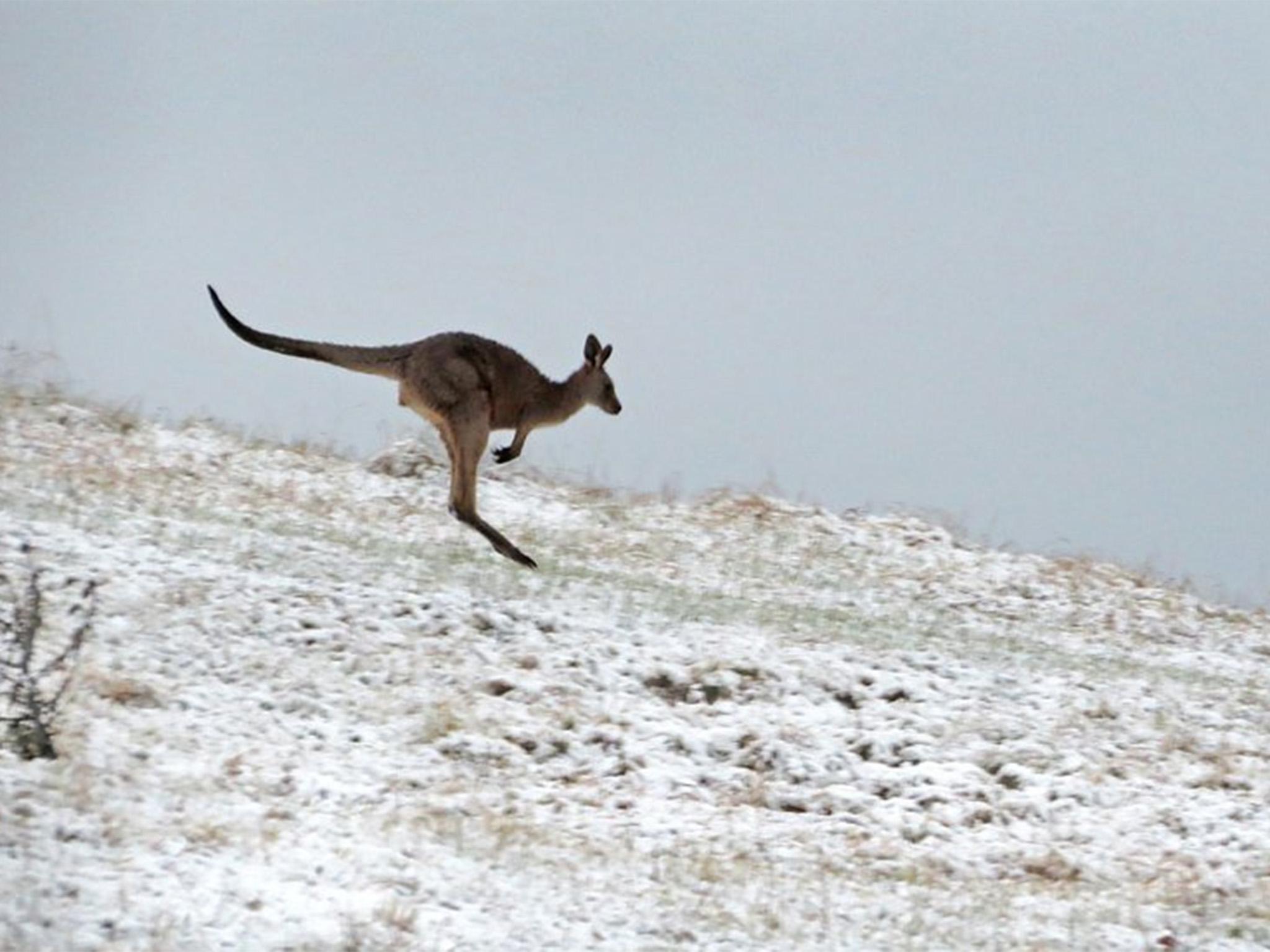Australia snow: Subtropical state hit by surprise whiteouts, gales and ice
Event marks first snowfall in state since 2015

Your support helps us to tell the story
From reproductive rights to climate change to Big Tech, The Independent is on the ground when the story is developing. Whether it's investigating the financials of Elon Musk's pro-Trump PAC or producing our latest documentary, 'The A Word', which shines a light on the American women fighting for reproductive rights, we know how important it is to parse out the facts from the messaging.
At such a critical moment in US history, we need reporters on the ground. Your donation allows us to keep sending journalists to speak to both sides of the story.
The Independent is trusted by Americans across the entire political spectrum. And unlike many other quality news outlets, we choose not to lock Americans out of our reporting and analysis with paywalls. We believe quality journalism should be available to everyone, paid for by those who can afford it.
Your support makes all the difference.Strong winds and severe cold weather have battered the east coast of Australia, bringing snow as far north as the subtropical region of Queensland.
In what was described as a rare event, snow fell on alpine regions of New South Wales and in its neighbouring state on Tuesday, Australia’s Bureau of Meteorology reported.
Queensland has not seen significant snowfall since 2015. Train delays and traffic accidents hit commuters in the Blue Mountains region west of Sydney after waking up to some 5cm of snow.
Rail passengers were advised to allow extra time for their journeys.
Severe weather alerts were also issued across Australia’s east coast where strong gusty winds with speeds up to 130kmh (80mph) caused waves higher than 5m and trees to fall on to roads.
Ferries were cancelled for over six hours in Sydney, as Sydney Ferries said that using them was just too dangerous.
Services have since resumed, and a road weather alert for Sydney was also cancelled in the Australian afternoon.
Australia’s Bureau of Meteorology said the cause of the severe weather was a strong cold front moving northward in east Australia, bringing “very cold and unstable air” and widespread rainfall.
Just a few days ago, on 30 May, Australia’s Bureau of Meteorology predicted that the winter, which starts in June in Australia, would be warmer and drier than average.
Support free-thinking journalism and subscribe to Independent Minds
Join our commenting forum
Join thought-provoking conversations, follow other Independent readers and see their replies
Comments